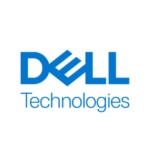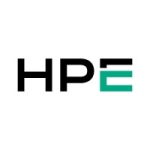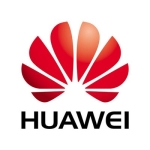What is our primary use case?
Our primary use case is a big bucket of storage for VMware. We run our virtual machines mostly to make sure that we have our SQL databases sitting on Pure Storage, because it's the fastest storage which we have available.
How has it helped my organization?
It is easy to manage. You don't have to have the same people who used to manage the Dell EMC arrays because the solution is more intuitive.
I like the fact that, by default, we encrypt at REST. So, with database encryption, we no longer have to layer it using Transparent Data Encryption, we can use the native storage. This helps lessen the performance impact and simplify configuration.
What is most valuable?
It is all-flash. This makes it a lot faster than the rest of what we have, as it is able to drive high I/O loads, which is big for us.
We are going to start using it as a filer. In January, we're going to migrate away from NetApp and use Pure Storage as file service.
What needs improvement?
What is interesting, because we're moving mostly to the cloud, Pure Storage may be the one storage appliance which will stay after we are done with our migration.
For how long have I used the solution?
Less than one year.
What do I think about the stability of the solution?
Stability has been great. We just put in a new data pack recently. One drive failed, but other than that, it was very stable. I haven't seen a whole lot of problems. Also, when it comes to upgrading shelves and the evacuation process, which sound a lot scarier than they are, everything has gone smoothly. I am very happy with how it works.
What do I think about the scalability of the solution?
With scalability, I have run into a little problem with our last upgrade. There were some undocumented limitations to the number of drives that our controller could run on. So, instead of putting in a new data pack as we had anticipated, we had to keep adding and removing to get up to the capacity that we needed to be. What should have been a one day process (or a few hours) turned into a month and a half process.
How is customer service and technical support?
I contact technical support from time to time. They have been pretty good. I have the mobile phone for one of the tech support guys, so I call him. He usually gets the ground troops rallied if need be, so the support has been good.
How was the initial setup?
I wasn't part of the initial setup.
What about the implementation team?
We used a reseller for the deployment: Bridge Data. They provided good expertise and timely services, so we were happy with them.
What was our ROI?
We get about a 3.3 data reduction, which is good. That is not the total reduction, just dedupe and compression.
What other advice do I have?
I would give Pure Storage a high recommendation. Go with Pure (or a flasher rate which is similar) because of the ease of management and performance. It makes life a lot easier, especially if you're a smaller shop it could be prohibitive to have a storage engineer on staff. So, get a systems engineer who can do storage. This is more common with Pure Storage, then with Dell EMC.
I have not used the predictive performance analytics all that much.
I really like the end-to-end VM monitoring. I will be putting that on pretty soon.
Disclosure: PeerSpot contacted the reviewer to collect the review and to validate authenticity. The reviewer was referred by the vendor, but the review is not subject to editing or approval by the vendor.











